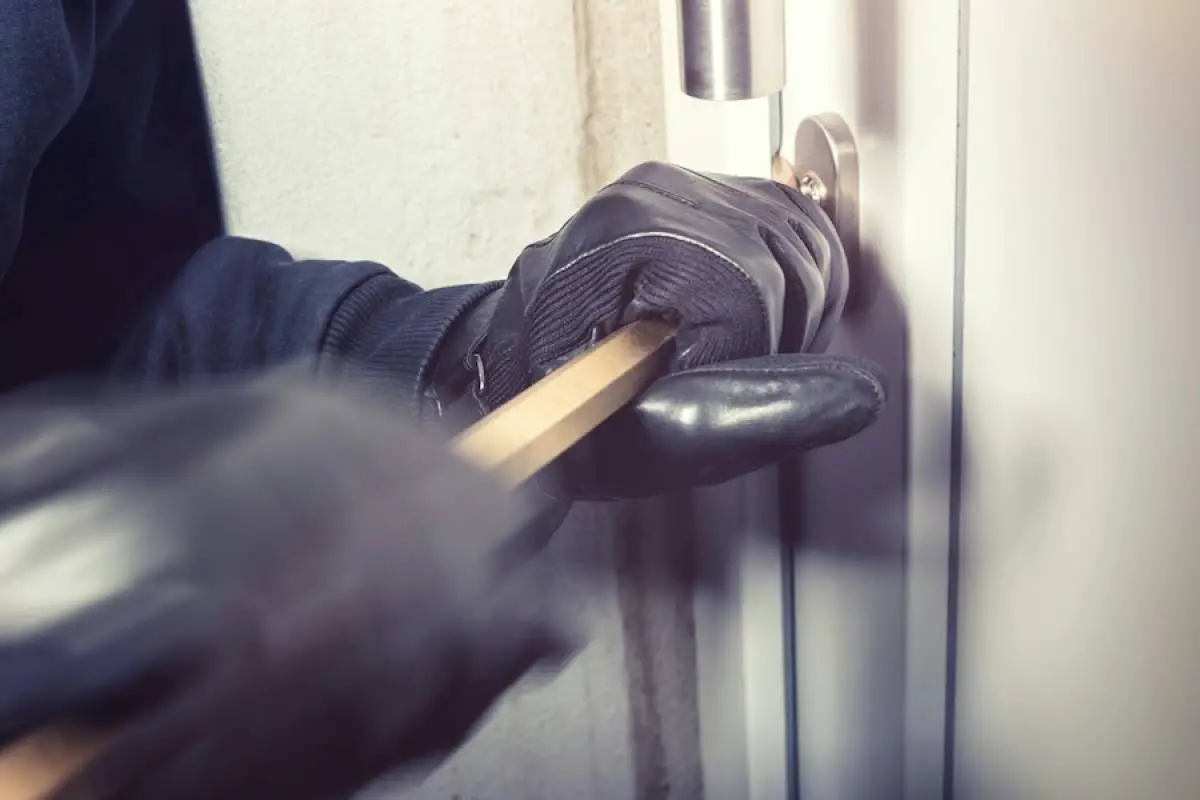The True Cost of Business Break-Ins

Rising retail crime rates are no joke—businesses lost nearly $100 billion last alone to crimes such as shoplifting and break-ins.
With a worrying 56% of small businesses reporting that they’ve experienced theft, what can business owners do to stem the tide and keep their goods safe?
Business security experts at B&D Garage Doors, premier installers of secure garage doors, have extensive experience with issues like these. They reveal the true cost of business break-ins and share tips on how business owners can protect themselves.
Direct Costs of Business Break-Ins
1. Stock Loss: Stock loss can range from small, easily pocketable items to larger, more expensive products, depending on the business's nature. The immediate financial impact is the cost to replace these goods, which can be substantial, especially if the stolen items are high-value or central to the business's offerings. “Small businesses lose, on average, $500 and $2,500 per month due to theft,” B&D comments.
2. Repair Expenses: After a break-in, broken windows, damaged locks, smashed doors, and any structural damage to the building itself will need to be repaired.
3. Temporary Closures: If the damage from a break-in is extensive, a business may need to close temporarily to manage repairs, restock, and ensure the environment is safe for customers and employees. During this period, the business isn't generating income, which directly affects profitability and can strain cash flow, especially for smaller enterprises.
4. Security Upgrades: Businesses often need to enhance their security systems to prevent future incidents after a break-in. This could involve installing new alarm systems, CCTV cameras, stronger locks, motion detectors, or even hiring security personnel. The cost for these upgrades can be a significant one-time or ongoing financial burden.
5. Employee Overtime: Additional labor is often necessary to handle the aftermath of a break-in, including cleaning up, participating in inventory counts to determine what was stolen, assisting with repairs, and reorganizing the store layout. Employees may need to work overtime to expedite these tasks, leading to higher labor costs.
Indirect Costs of Business Break-Ins
1. Reputational Damage: A break-in can tarnish a business's reputation, particularly if it raises concerns about the safety of the premises or the reliability of service. This damage can deter potential customers, reduce client trust, and impact partnerships with suppliers or investors. “With adequate security and a secure and reliable garage door, you can significantly reduce reputational threats,” says B&D.
2. Insurance Payouts and Increased Premiums: While insurance may cover some of the direct costs of a break-in, filing a claim often leads to higher future premiums. Additionally, obtaining payouts can be lengthy and complex, potentially straining financial resources in the interim.
3. Employee Turnover or Absenteeism: The psychological impact of a break-in can lead to increased employee absenteeism as staff may feel unsafe or stressed in the aftermath. Furthermore, if the perceived risk of harm continues, it might result in higher turnover rates, with employees leaving for safer working environments. Recruiting and training new staff involves additional costs and time, further straining the business.
“In the contemporary business landscape, the axiom 'prevention is better than cure' could not be more pertinent,” says a spokesperson for B&D Garage Doors. “The initial cost of implementing state-of-the-art security and garage measures - be it a sturdy, reliable garage door solution or advanced surveillance technology, intruder alarms, reinforced access points or battery backups - pales compared to the cumulative financial toll of theft, damages, and subsequent operational interruptions.”
Sources
- Statistics on how much money was lost to retail crime and how many small businesses reported theft came from the US Chamber of Commerce.
- The amount lost to theft: Forbes.






![81% of Brits Plan to Support Small Businesses this Christmas [Study]](/sites/default/files/styles/video_thumbnail_bottom/public/woman-shopping-small-business.jpeg?itok=SK3JqPQ_)












